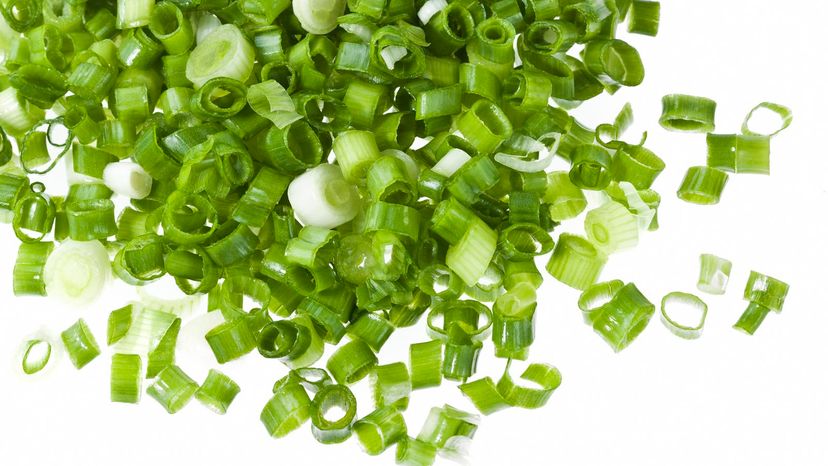
You've probably seen people and recipes use the terms "scallions" and "green onions" interchangeably — and for once, the conflation is correct. When it comes to distinguishing scallions vs. green onions, these terms describe the same vegetable.
The only difference between the two is regional terminology.
Advertisement
Scallions and green onions are simply different names for the species Allium fistulosum, a member of the onion family. Known for their long green stalks and a mild, subtle onion flavor, these green stalks are a staple in various dishes worldwide, from stir-fry to soups.